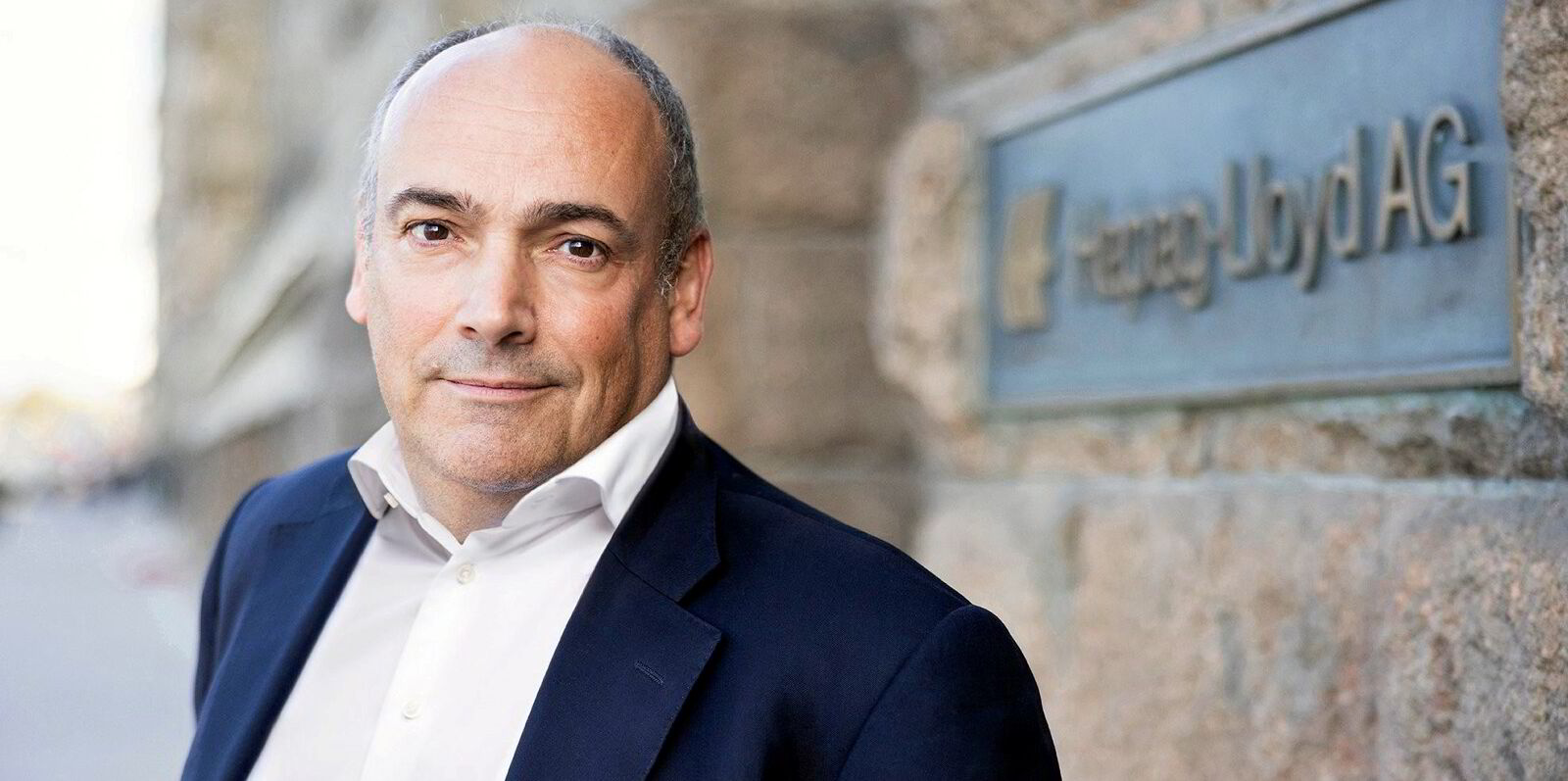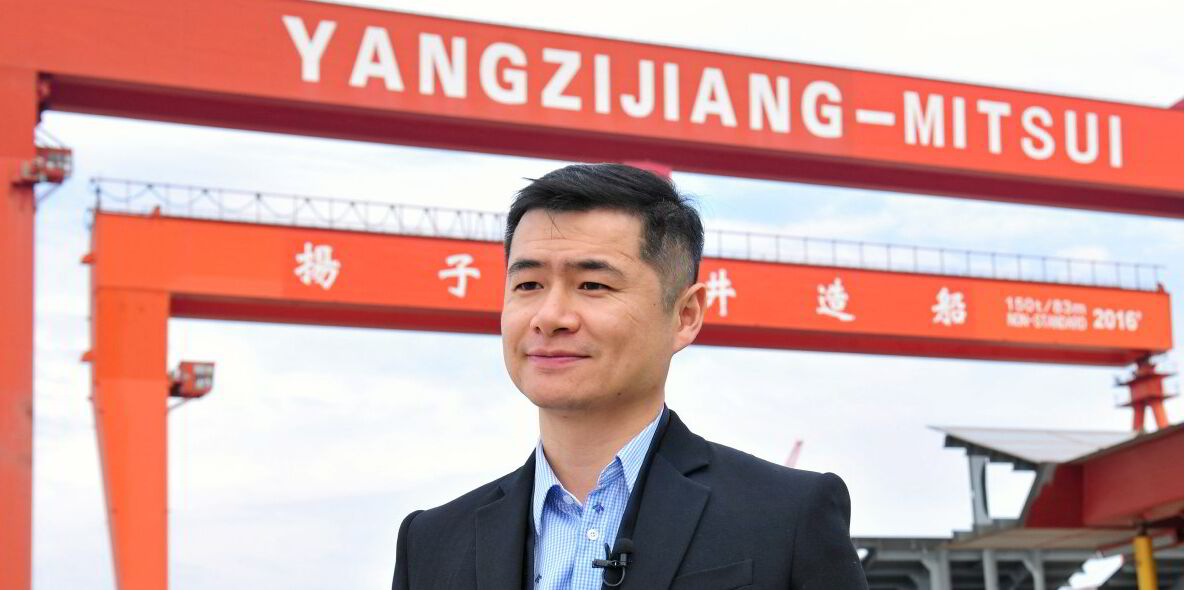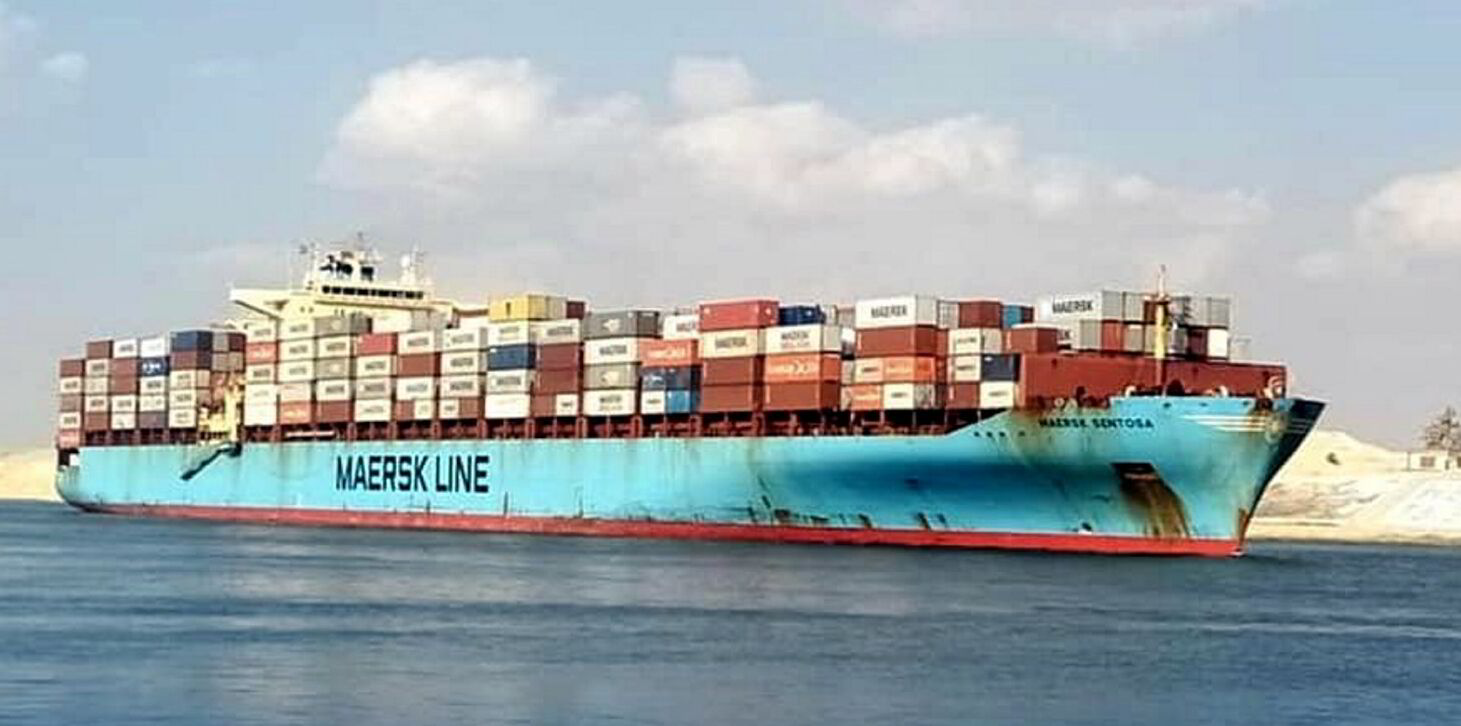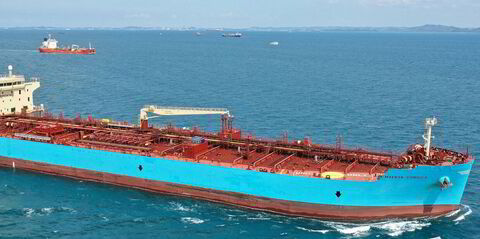Hapag-Lloyd has signed two contracts worth $4bn with two Chinese shipyards for a total of 24 neo-panamax container ships.
Chief executive Rolf Habben Jansen said the investment was one of the largest in the German carrier’s recent history.
“It represents a significant milestone for our company as it pursues the goals of its Strategy 2030, such as to grow while also modernising and decarbonising our fleet,” Habben Jansen said.
“Operating a fleet of more efficient vessels will also enhance our competitive position, and thanks to the increase in capacity, we will continue to offer our customers a global, high-quality product.”
Word of Hapag-Lloyd ordering newbuildings has been alive in the market for several months, with TradeWinds first uncovering the plan this summer.
Today the shipowner said 12 ships of 16,800 teu will be built by Yangzijiang Shipbuilding, while another 12 ships of 9,200 teu have been ordered from New Times Shipbuilding.
The larger boxships will be used to expand the capacity of existing services while the smaller vessels will replace older units that are nearing the end of their service.
The order for 24 newbuildings, which was flagged by TradeWinds in October, will have a combined capacity of 312,000 teu.
Delivery of the new vessels will be between 2027 and 2029.
A long-term financing of $3bn has already been committed while total investment is in the region of $4bn, the company said.
Hapag-Lloyd said the newbuildings will be equipped with low-emission high-pressure liquefied gas dual-fuel engines.
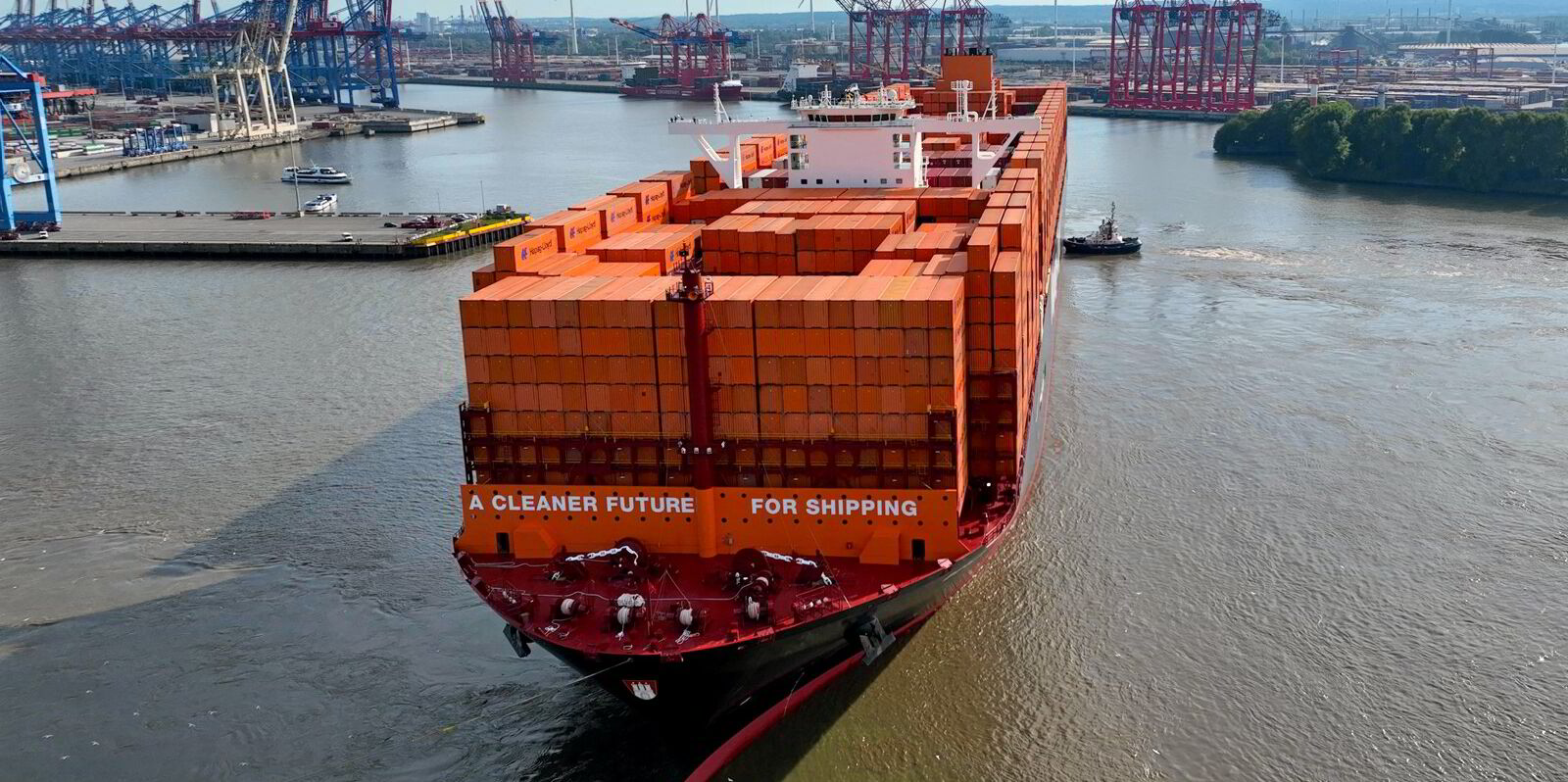
The vessels can be operated using biomethane, and will also be ammonia-ready, the company said.
“Considering the recent investment decision announced on April 16 of this year to retrofit five vessels to methanol propulsion, this investment is another step in Hapag-Lloyd’s efforts to prepare itself for a multifuel future and to drive the decarbonisation of the liner shipping industry,” the company said.
Net-zero goal
Hapag-Lloyd has a target to reduce greenhouse gas emissions by about one-third by 2030, compared with 2022. Its goal is to operate a net-zero fleet operation by 2045.
The Hamburg-based company is investing in newbuildings, slow steaming, fleet modernisation and the use of new propulsion technologies and alternative fuels, it said.
Hapag-Lloyd controls 287 container ships with a total capacity of 2.2m teu and operates the largest fleet sailing under the German flag.
The company has placed the orders at a time when its future alliance partner AP Moller-Maersk is also ordering newbuildings.
TradeWinds reported in October that Maersk has contracted 10 container ships of about 17,000 teu all for delivery between 2027 and 2029.
Hapag-Lloyd’s order with the two Chinese yards ends the German liner company’s three-year order drought.
The last time it ordered newbuildings was in 2021, when it contracted Hanwha Ocean (formerly Daewoo Shipbuilding & Marine Engineering) to build six LNG dual-fuel ultra-large container ships at a reported price of $165m each.
The South Korean yard has delivered the first of those newbuildings, the 23,500-teu Hamburg Express (built 2024).
Hapag-Lloyd is scheduled to take delivery of two more this year and three in 2025. Ren Letian-led Yangzijiang is the largest privately owned shipyard in China.
